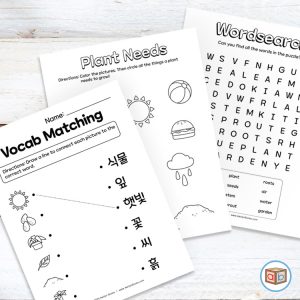Being home from work and school is an important public safety measure during our current pandemic, but it can be rough – for all of us. Kids and adults alike are trying their best to transition from their usual school and work environments to working remotely, from the comfort of their homes… where their TV and all their favorite snacks are… where the couch is comfortable and Lego sets beg to be played with. It can be a real struggle to focus!
We’ve been trying to keep our kids on track with their virtual classrooms, while also entertaining them in quiet times between classwork. The balancing act between parent, employee, home-school teacher, and chef is leaving most of us feeling… well, unbalanced. Fortunately, I’ve found some activities that have successfully entertained (and educated) my younger kids – and it isn’t over in a mere five minutes!
Every Spring, we tend to our vegetable garden. The kids love to help me clean out old dead plants, turn the soil, look for worms – all of it. But this year, our weather hasn’t exactly been cooperative. It’s the middle of April and we still have snow – YIKES! We haven’t been able to shake off our desire to get planting, though, so we started some seeds indoors. This has been great for teaching our sons how plants grow, observing the parts of a plant, and using a small magnifying glass to take a close look at roots and germinating seeds. And it doesn’t stop there!

I’ve put together a 20 page workbook to go along with this activity. The workbook includes coloring sheets, bilingual vocabulary practice, a Plant Growth Process wheel, cut-and-paste charts, matching games… enough to last a week or so. You’ll be able to teach your child about the parts of a plant, about the growth process, practice reading and writing, solve puzzles, and play games – all while watching it happen in front of them! It’s a hands-on learning experience that is sure to fill in some of the gaps of their remote learning!
You can find the downloadable workbook here in our online store. The material supports bilingual education in English and Korean languages, but can be completed and enjoyed by our monolingual friends, as well!
Stay safe and healthy, friends! We are in this together!

